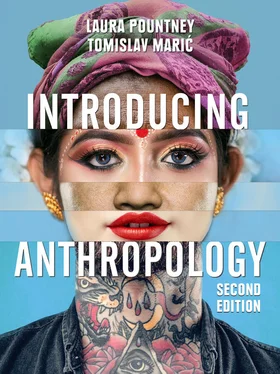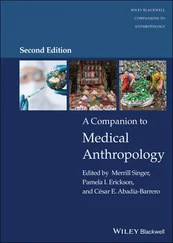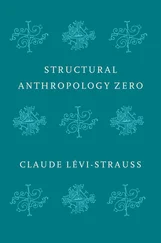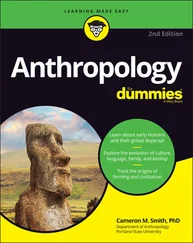In your exercise book, try writing out your name and date of birth and the courses that you are taking in the opposite hand to the one you usually use. Can you read what you have written? How long did it take compared with writing with your usual hand? Do you think you could improve with practice?
What does this tell us about handedness?
Marcel Mauss describes ‘techniques of the body’ as the ways in which the body is trained within any culture: ‘In every society, everyone knows and has to know and learn what he has to do in all conditions’ (2007[1934]: 66). Every biological and physiological skill of which the human body is capable, such as eating, washing, sitting, swimming, running, climbing, child-rearing and so on, has to be learnt. Mauss provides many examples of culturally varying body techniques, including the following observations:
Polynesians do not swim as the British do.
The French army does not march as the Germans do.
Girls who have been raised in convents, unlike other girls, tend to walk with their fists closed.
These techniques can change within one person’s lifetime. Mauss used the concept of ‘habitus’ (habit or custom, acquired ability) to describe these learnt techniques of the body. All humans have to eat in order to survive, but the way they eat, whether with a fork, with chopsticks or with their fingers, is a cultural construction. Mauss extends the study of society to include physiological experience and emphasizes both the point that the body is symbolically constructed and that the way in which it is used is as much a product of culture as it is of nature. The body must therefore be studied in the context of wider symbolic systems, and the way in which it is used and represented provides us with a mirror of society. Each society has its own special habits. Humans are conditioned in using the body in different ways through the process of socialization. The body is a person’s first and natural instrument, according to Mauss.
Gregory Bateson studied the people of the Balinese village Bajoeng Gede (Bateson and Mead 1962[1942]). He explains how children’s body positions are socially constructed. In order to separate themselves from animals that walk on all fours, the Balinese do not allow children to crawl. They separate themselves from animals and teach their children from the moment they are born how they should use their bodies. Babies grow up ‘vertically’ and are never allowed to crawl. From birth the body position is created by culture.
social constructionThe view that the phenomena of the social and cultural world and their meanings are created in human social interaction
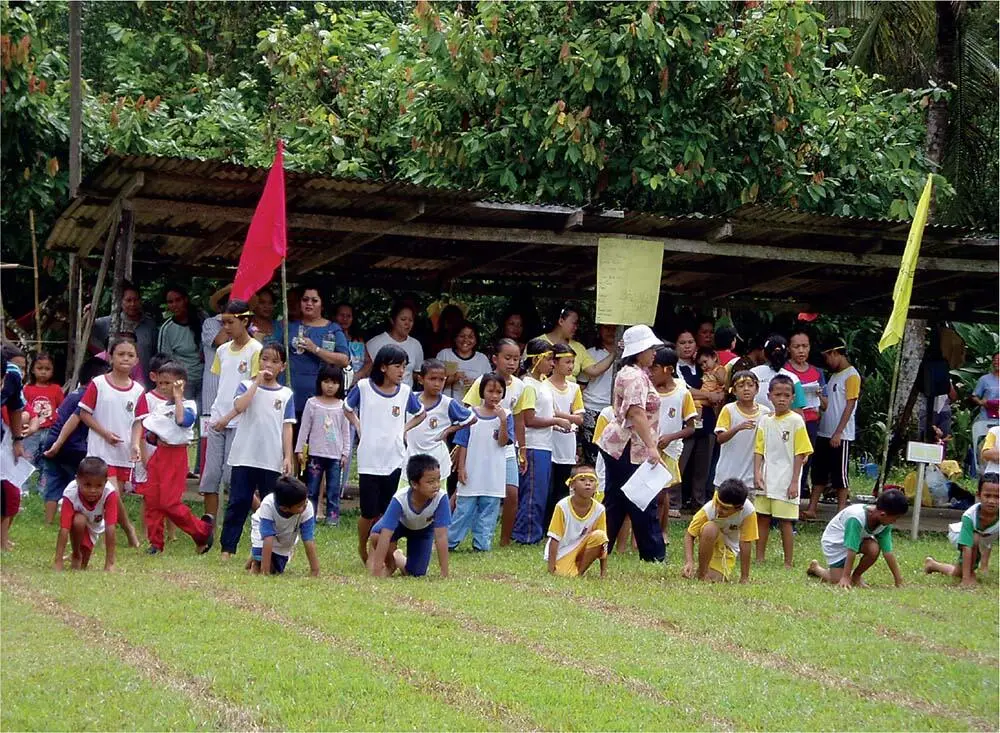
Every culture teaches young ones how to use their bodies. Here, children are taking part in a school sports day in Sarawak, Malaysian Borneo. (© Liana Chua)
Pierre Bourdieu (1977) elaborates on the concept of habitusby explaining its dependency on history and human memory. For instance, a certain behaviour or belief becomes part of a society’s structure when the original purpose of that behaviour or belief can no longer be recalled and becomes socialized into individuals of that culture. According to Bourdieu, the body is the most certain reflection of class taste – for example, in the way that someone’s hairstyle, clothing, diet, or even their manner of walking, functions to signal social class position within the structure of society. Bourdieu places bodies within modern consumer culture, arguing that the body bears the imprint of social class based on habitus (an internalized framework or set of guidelines for social action, taste and social location). The body is a resource for, and can be converted into, economic, cultural and social capital. Bourdieu conducted fieldwork in Algeria and studied the culture of the Kabyle people. Their main habitus is based on honour, which underpins their basic schemes of thought and action. This provides them with a model of action even in new situations. The lifestyle, values and expectations of Kabyle people that are learnt through the activities and experiences of their everyday life are reflected in their body language. Bourdieu suggests that habitus can be changed throughout the lifetime of an individual.
habitusThe lifestyle, values, dispositions and expectations of particular social groups that are acquired through the activities and experiences of everyday life
Terence Turner (1995) conducted his anthropological research on the Kayapo people of the grasslands of the Mato Grosso, south of the Amazon region, who live in scattered villages comprising several hundred people. He suggests that dress and bodily adornment is a cultural way to communicate personal and social identity. With his lip plate, penis sheath, large holes pierced through the ear lobes from which hang small strings of beads, overall body paint in red and black patterns, plucked eyebrows, eyelashes and facial hair, and head shaved to a point at the crown with the hair left long to the sides and back, the Kayapo male displays many cultural meanings to the tribe.
Turner shows how, for the Kayapo, the body is conceptualized as a ‘social skin’. Turner’s notion of the body as a social skin is connected to the idea that the body is in some ways a microcosm of society. He suggests that decorating, covering and uncovering the human body in accordance with social ideas of everyday expectations or sacred dress, beauty or status seem to have been a concern of every human society. Turner describes and discusses how the surface of the body becomes the symbolic stage upon which socialization is enacted. He argues that bodily adornment, which ranges from body-painting to clothing, from headdresses to cosmetics, becomes the language through which socialization is expressed. Further, he argues that culture is not only the medium through which identities (social status, attitudes, our desires and beliefs) are communicated. Turner describes how the Kayapo possess a complex code of what could be called ‘dress’ or bodily adornment, but which does not actually involve the use of clothing: the bodily adornments listed above (lip plates, body paint, etc.) constitute what Westerners call ‘clothing’ in their society. Here are some of the meanings for Kayapo which turn the biological body into a social body.
All Kayapo bathe at least once a day; to be dirty is to be antisocial and is even dangerous to the health of the unwashed individual. Health is perceived as a state of full and proper integration into the social world.
The removal of facial and bodily hair, including eyebrows and eyelashes, transforms the skin from a mere physical body part into a sort of social filter. The length of hair signifies an individual’s bodily participation with others in reproductive processes. The wearing of long and short hair ties into Kayapo ideas about the nature of family relations. Different Kayapo groups have their own distinctive hairstyles, which stand as symbols of their own group culture.
Certain types of people in Kayapo society are allowed to wear long hair, including women who have given birth to children and adult men who have been through initiation rites and received their penis sheaths. The cutting of the hair on the head represents a distinct social code that communicates information about the individual’s stage of development. Those who must keep their hair short include children and adolescents of both sexes. The child’s hair remains short as a sign of its biological separation from its parents.
Читать дальше
